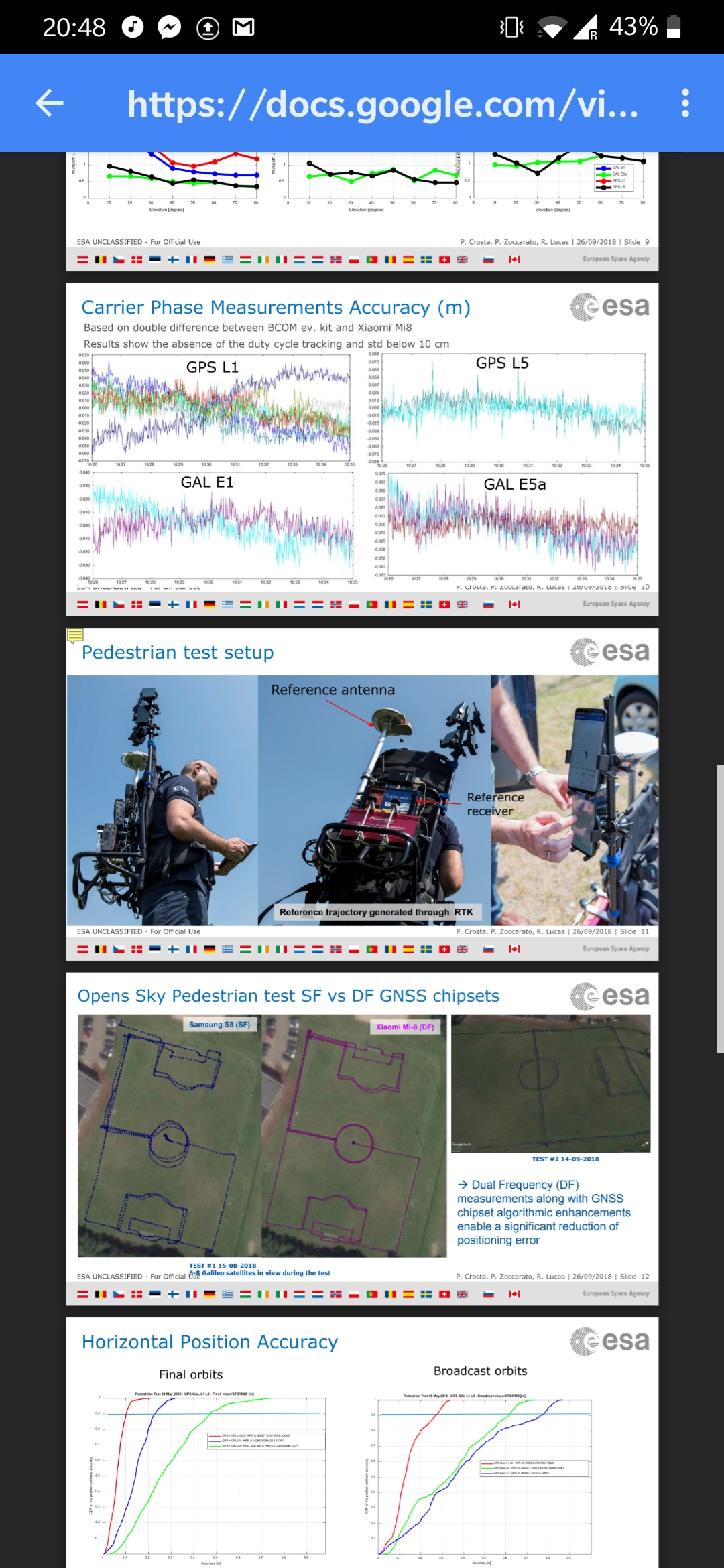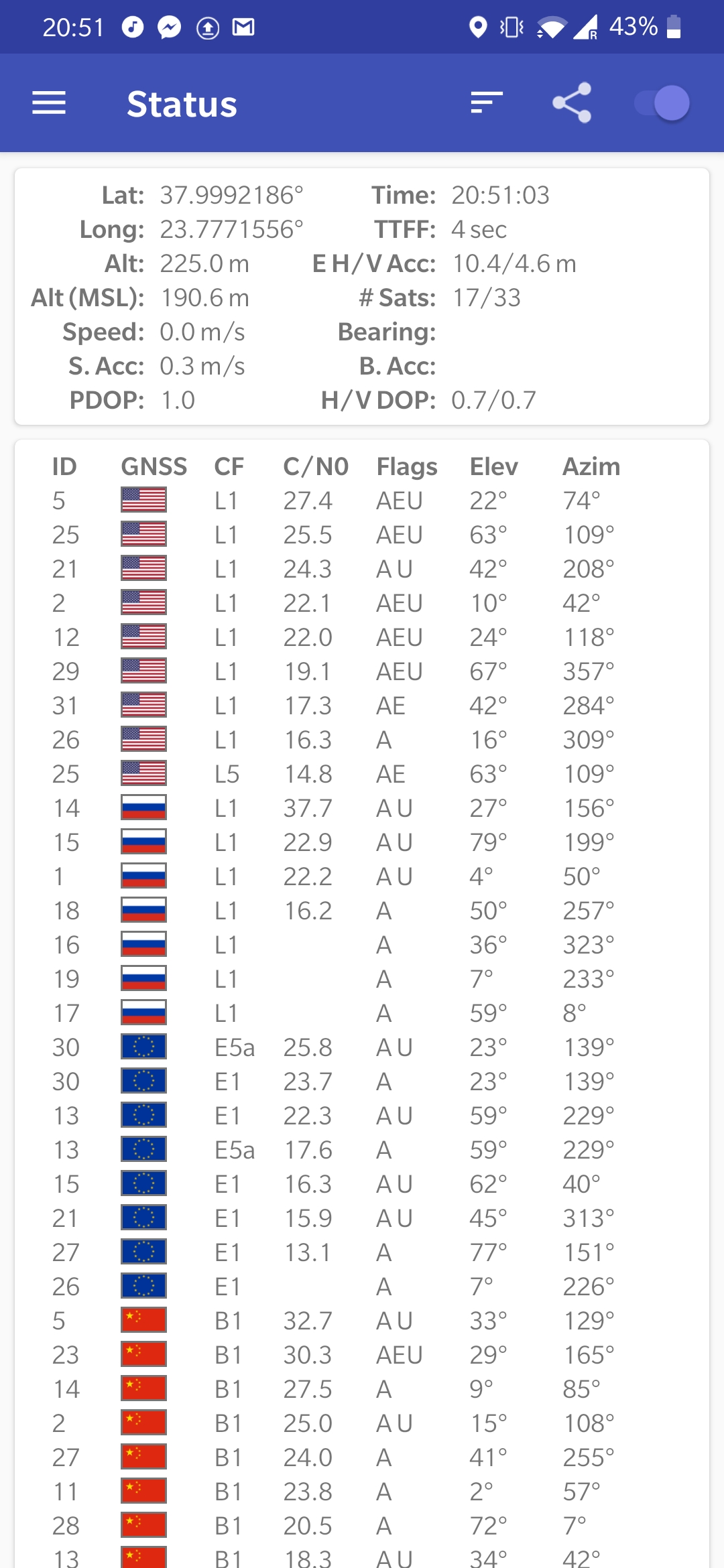-
And i’m sure with graphene batteries, in next future (~2 years) every sportwatch will incorporate amoled screens with large autonomy. This will be much even better with lower power processors.
With Google Wear OS i’m not convinced. But can be more easy for brands make code for features and can be a good path to do things opposite to have a property operating system.
Garmin and Polar didn’t choose that direction for now with Venu/Ignite. There are rumours that new Fenix will have a Amoled screen version also. I think is a question of few time to see this type of screens in every sport watch.
-
@Luís-Pinto said in Suunto 7: Love and Hate:
Garmin and Polar didn’t choose that direction for now with Venu/Ignite. There are rumours that new Fenix will have a Amoled screen version also.
I think screen isn’t the biggest Garmin issue when it comes to watches. We can joke about Wear OS, or Tizen, or WatchOS all we want but the truth is: they are full featured operating systems, with well established development toolchains, and millions of developers who can target them. So, any advance in battery technology, screens, or CPU power consumption will make these watches more and more capable.
Remember back in 2014 Adidas SmartRun? Kind of first smartwatch-like training watch, with LCD screen and music? It was fairly bulky, with small, low resolution screen, no waterproofing, custom locked down OS and no apps. Between a middling GPS, somewhat decent OHR, and DRM free music, you’d be lucky to get 3-4 hours of training on a single charge from that thing.
And look now! Barely five years later we have Suunto 7, much thinner and lighter and more robust unit, with a huge, bright, high res screen, and probably easily capable of twice the hours. And before and after the workout, you have all sorts of apps to use, and weather, and payment, and fancy watch faces with complications. Not to mention activity tracking and 24/7 heart rate.
I think what I’m trying to say… It is S9 and Fenixes and Vantages that are going the way of the dodo bird. Not next year. Not in 5 years. But probably 8-10 years from now we’ll be looking back and shrugging. How could you just have a watch for running? It’s like just having a mobile phone for calls only. Weird.
-
@NickK
I think you’re overreacting in time. Within two years there will be no new models to be launched with a reflective screen in brands like Garmin, Suunto and Polar. AW is a champion in sells for smartwatch category. But is very restritive. Just works with iOS devices. Stryd team made a excelent app for WatchOS. Personally, circular design is more pleasure than rectangular.Samsung will launch a smartphone with graphene battery this year. What is announced is with these batteries of the same size will have plus 45% capacity and 15 minutes of full charge. Many experts expect this material in new batteries for electric cars too.
Now imagine the 3330 successors with dual frequency gnss capability and still consuming less. And screens with this resolution and also consuming less … Soon, soon, you will have sportwatches with autonomies of 40/50 hours.
And agree with you, we will look for present models like the prehistory of sportwatches.
-
@Luís-Pinto dual frequency atm doesn’t offer anything. I have the one plus that supports it and meh.just commenting on this
-
@Dimitrios-Kanellopoulos (OnePlus) Did you try in static mode or moving or both?
-
@Luís-Pinto all modes. I wanted to use it as reference but was always worse than my s9
-
@Dimitrios-Kanellopoulos Serious? Every technical report says the opposite… https://www.esa.int/Applications/Navigation/Dual-frequency_smartphone_app_winners_prove_power_of_two
-
@Luís-Pinto we have talked about it again at your post. You missed I suppose the Ghostbusters antenna setup.
-
-

Yeah right or am I wrong ?
Feel free to ask for tracks. Actually let me post my accuracy
-
@Dimitrios-Kanellopoulos Yes i remember. Yes, antenna that these guys used is like total stations (ex: Leica systems).
-
I see l5 and e5 but no accuracy increase
-
-
@Dimitrios-Kanellopoulos maybe in small devices with internal antennas like smartphones the usefull is marginal. Curious normally every sat have different frequencies, but in your printscreen i see just one Navstar (L1 and L5), two in Gal(E1 and E5) and no one from Glonass and Beidou. BDS-3 sats have this capability and glonass K.
-
@Dimitrios-Kanellopoulos Beidou signal in your printscreen is cool: two sats with > 30.
-
@Dimitrios-Kanellopoulos I read from you that you are getting good results with Nav+BDS solution. Did you confirm?
-
@Luís-Pinto yes sir. The best in line. I ditched gali
-
@Luís-Pinto gali can be more accurate , eg more close lines on come and go under good conditions. Beidou did never fail me
-
@Dimitrios-Kanellopoulos In all different activities? Hiking/running/bike?
-
@Dimitrios-Kanellopoulos said in Suunto 7: Love and Hate:
gali can be more accurate , eg more close lines on come and go under good conditions. Beidou did never fail me
Terrestrial corrections are very important for system integrity. It’s what makes diference in american system WAAS for so long. Europe is getting stability with EGNOS (but need more redundancy), and China with SNAS.
